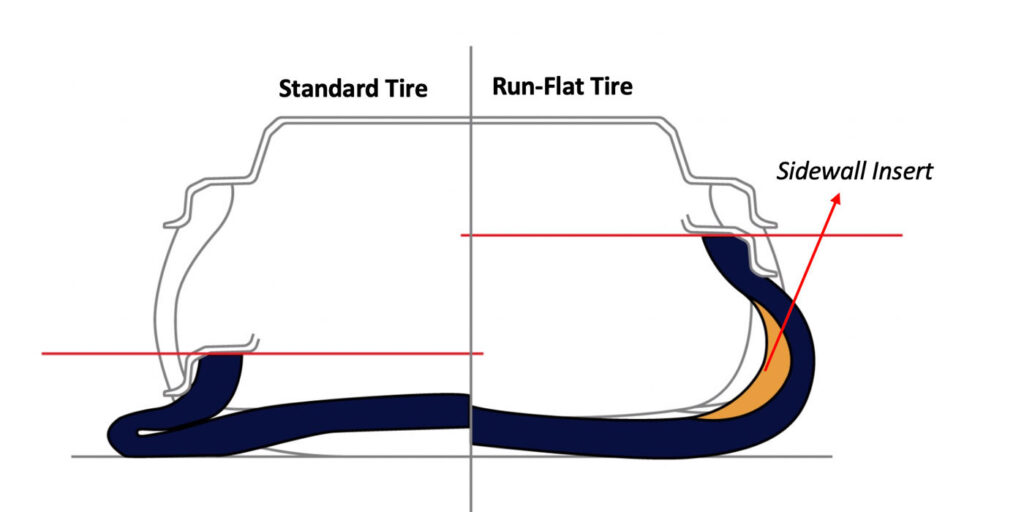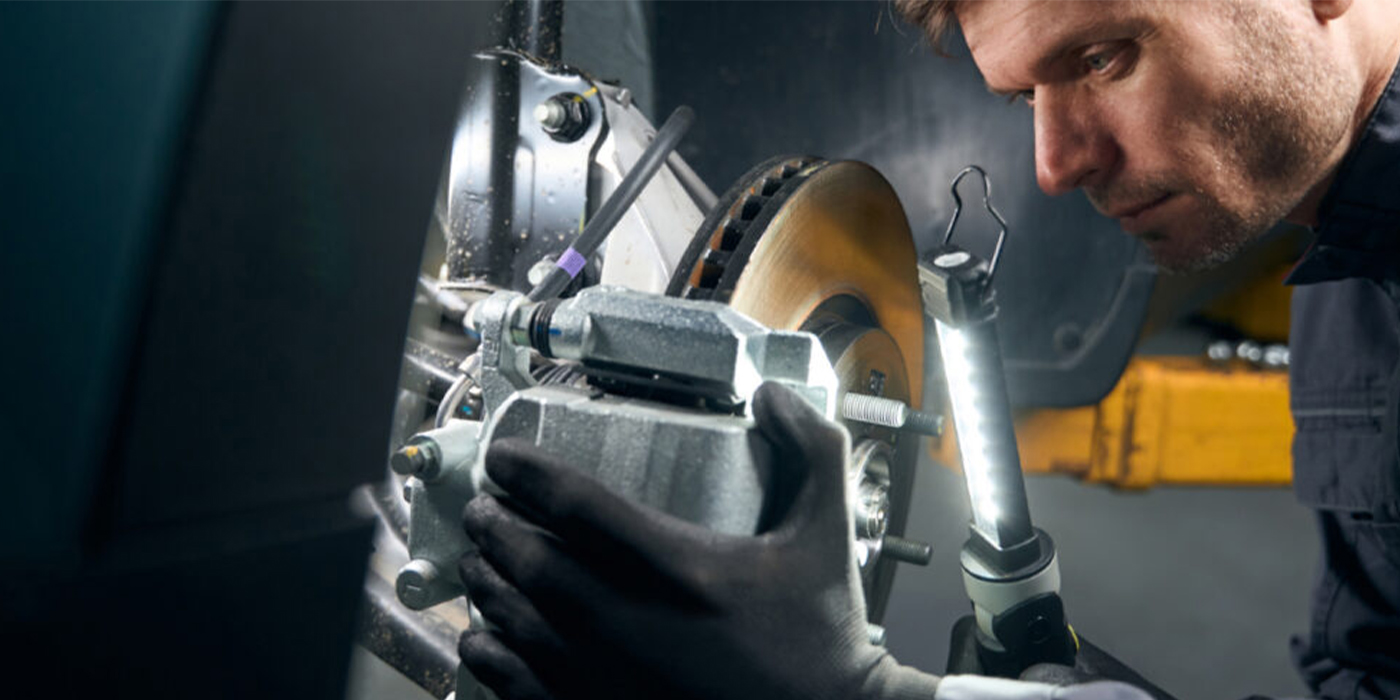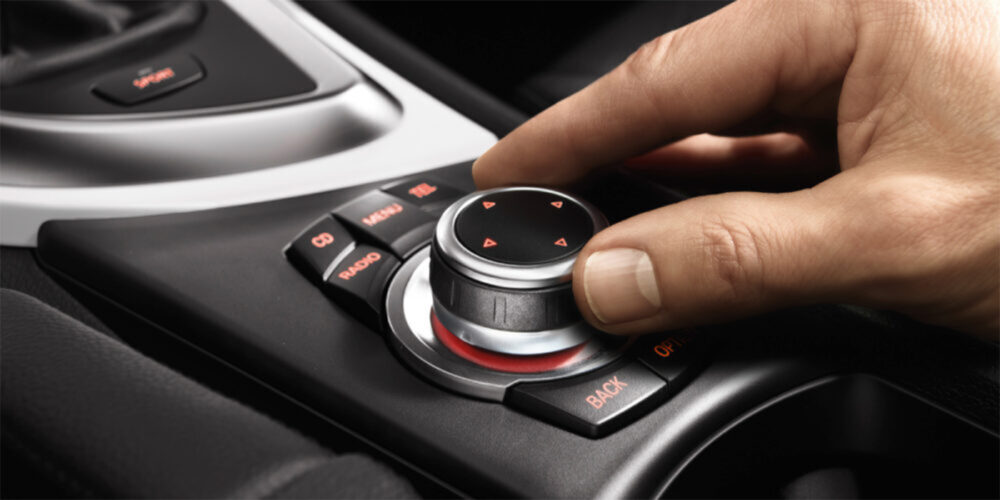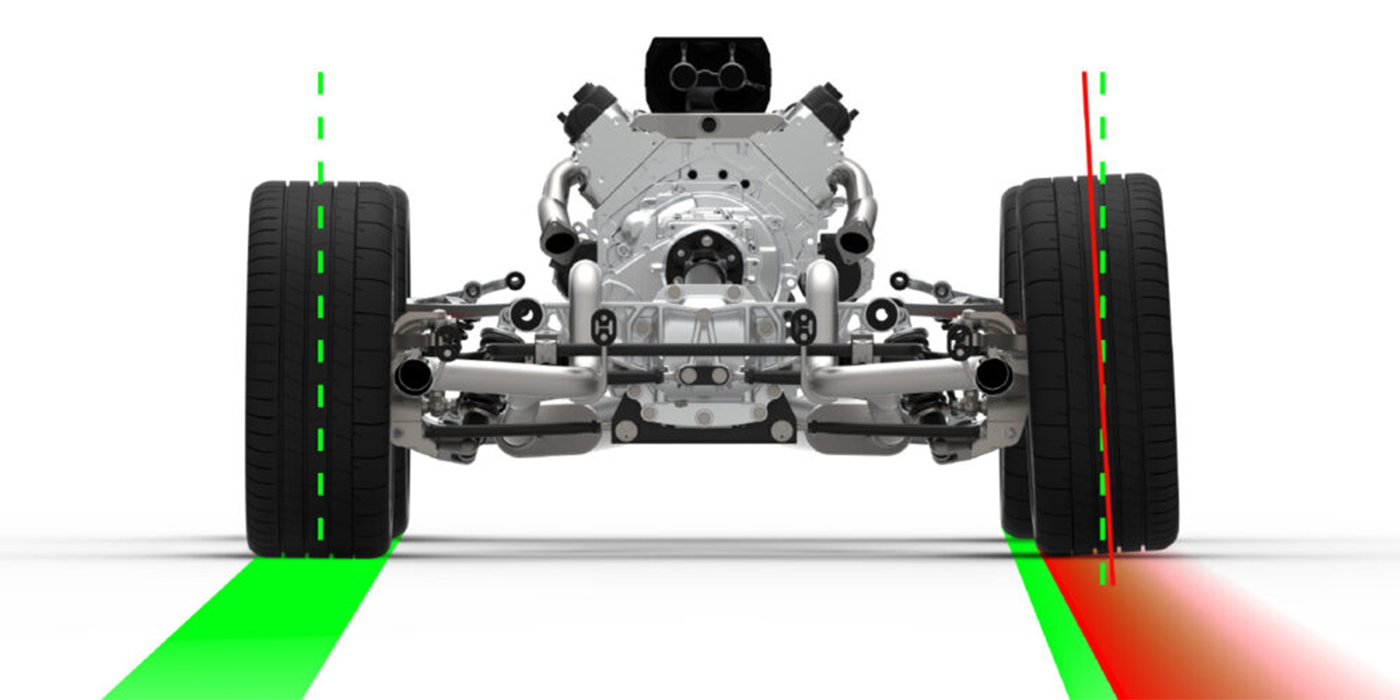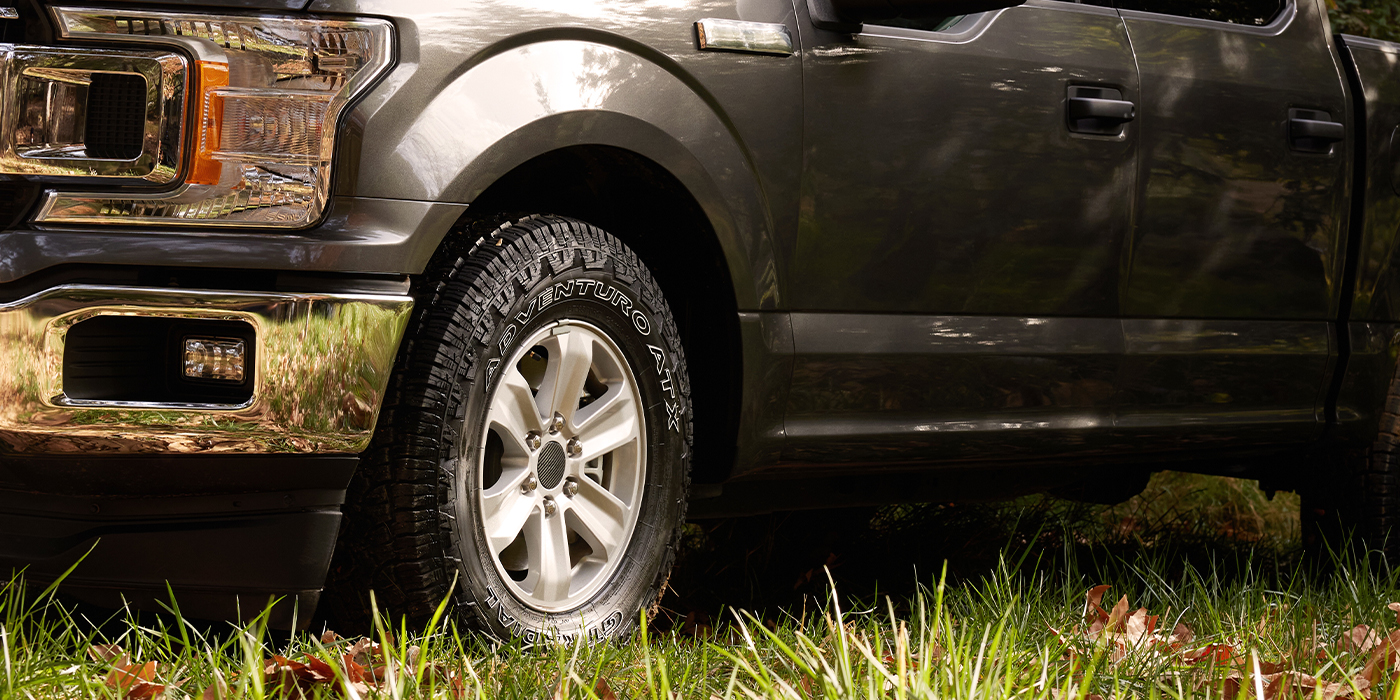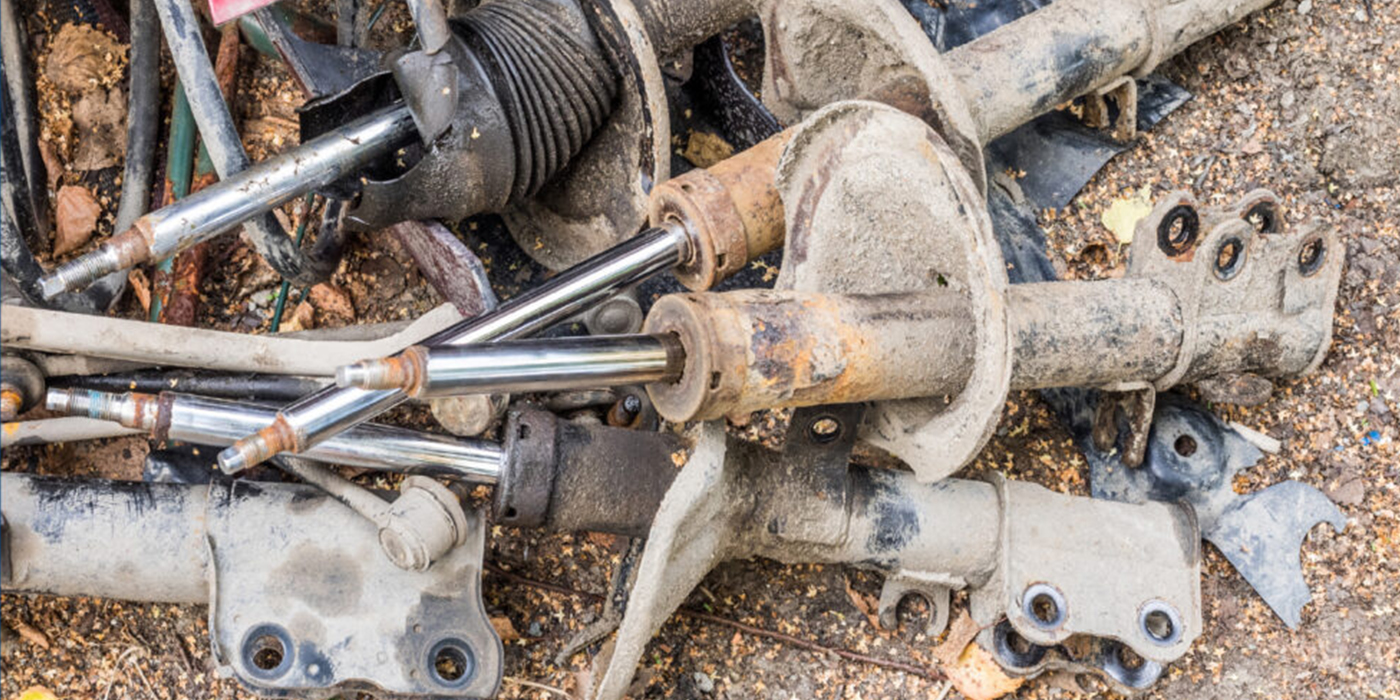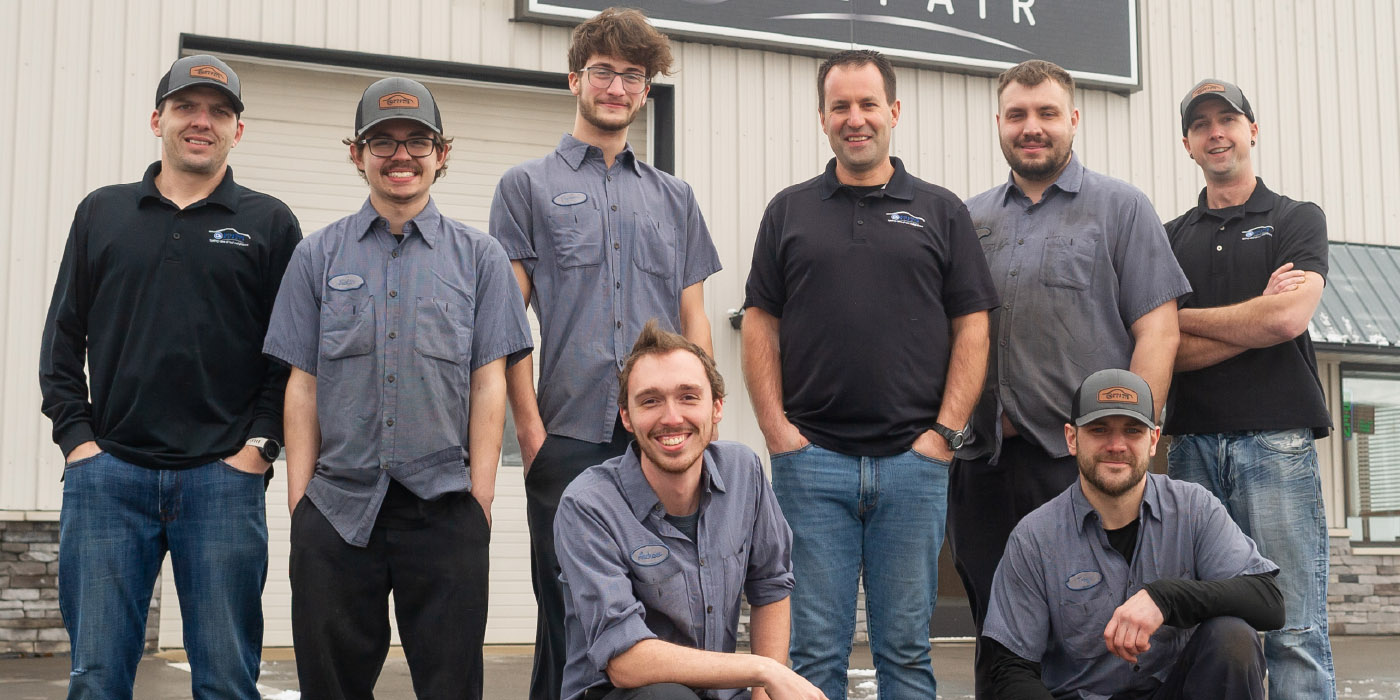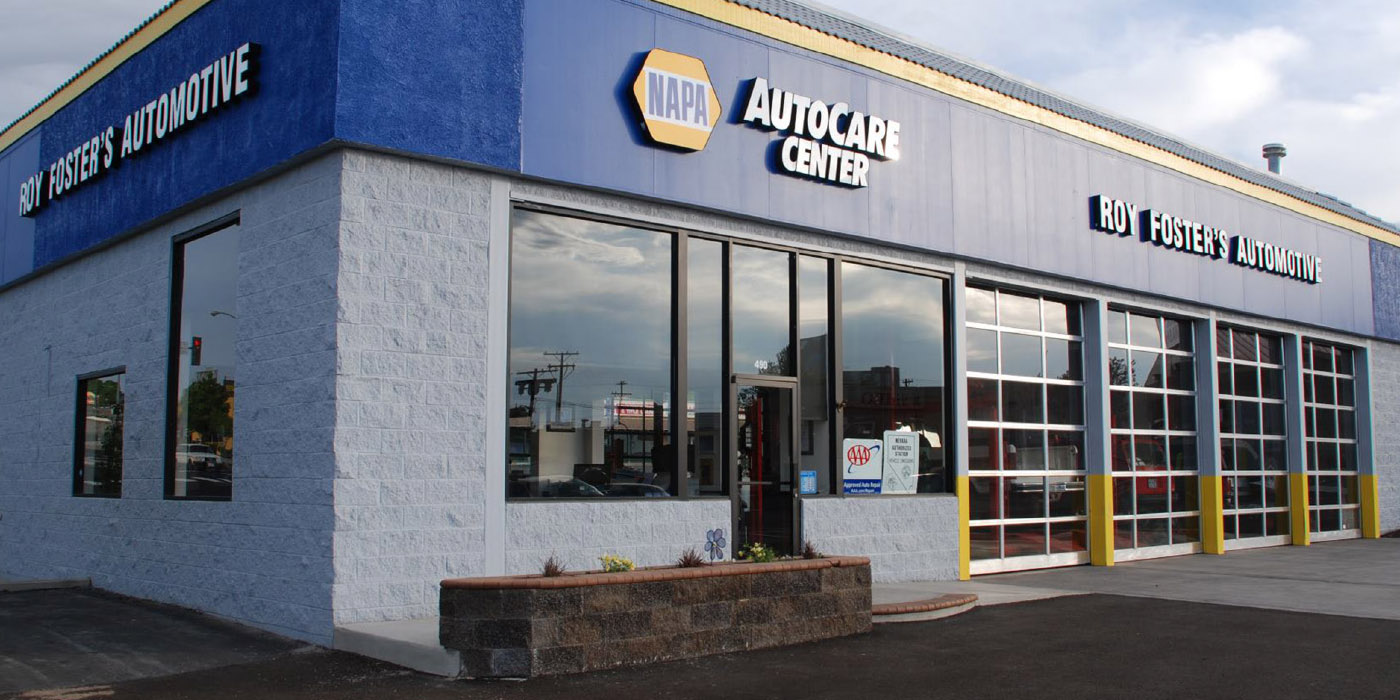“It was a scorching hot August day in the Midwest. My dash said 93 degrees in the mid-day heat as my Ford crested a rolling hill on U.S. Route 24 smack dab in Indiana when it happened. A hunk of metal fell off of the flatbed trailer in front of me somewhere between 65 and 70 mph and pierced straight through the sidewall of my left front Firestone all-season tire.”
That’s how the intriguing tale of Jeff Wallick’s (reluctant) conversion to run-flat tires begins in a recent story that appears courtesy of Tire Review Magazine.
“I suppose it could have been much worse, so I should have been thankful. Instead, I was stranded on the side of the highway with no cell reception and 80,000 pounds of semi-truck blowing by me. I’ve been changing tires since I was 16 years old, but I vowed that this would be the very last tire I would change myself on the side of a highway. There had to be a better solution.
“Of course, I knew there was a solution, but like all choices, there were tradeoffs. Peace of mind comes with running a run-flat tire yet would I miss the smooth ride of a traditional touring tire?”
Different Flavors of Run Flat
What Goodyear calls a run flat, Continental refers to as an SSR or “self-supporting run flat,” and my original Bridgestone DriveGuard tires were classified as “extended mobility tires.” Other tiremakers may have different names for them. Although there are differences in construction and compounding, the principle is similar: A run-flat tire contains a self-supporting reinforced sidewall, which can support the weight of a vehicle at zero psi. A novel solution.
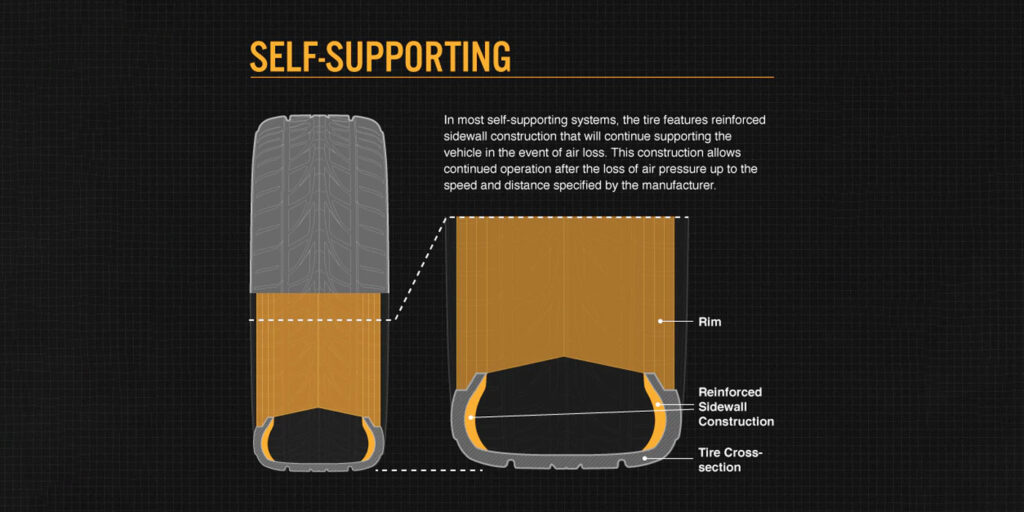
One sticking point for the run-flat tire category has traditionally been a lack of ride comfort, which leading tire manufacturers have sought to solve for the past several years.
Jeff Wallick is the business development manager at K&M Tire, an Ohio-based tire distributor, and a regular contributor to Tire Review.

